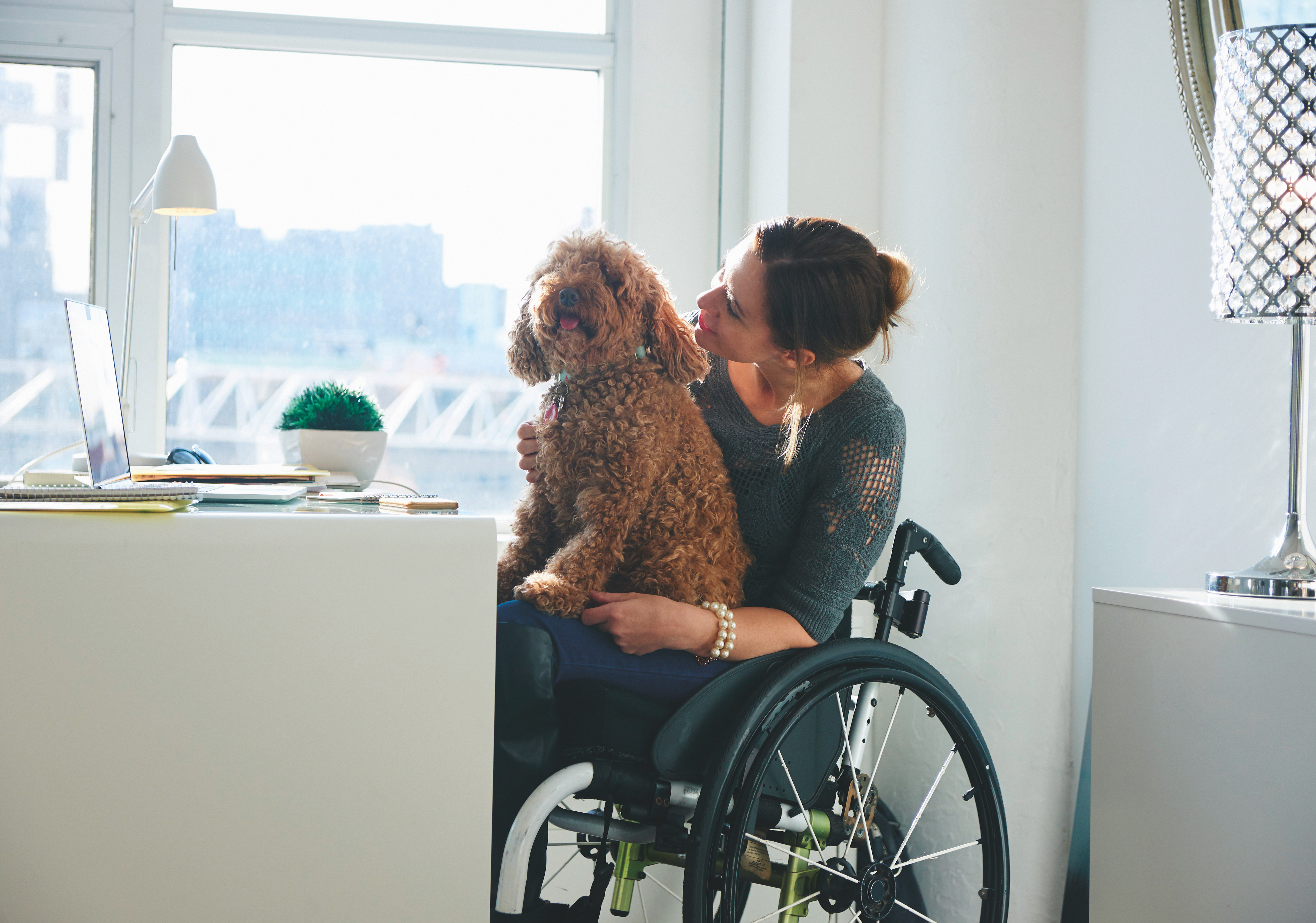Re-picturing disability in the creative process
Interview by Canadian Abilities Foundation
The Canadian Abilities Foundation chatted with Mike Shebanek, Head of Accessibility at Oath, as well as Rebecca Swift, Director of Creative Insights at Getty Images to discuss the new Disability Collection and why their collaboration is pivotal for diversity and inclusion.
Q Traditionally, diversity and inclusion have been overlooked when it comes to the images used by corporations and the media. What’s changing?
Mike: From our studies, we know that consumers increasingly prefer brands that are inclusive, socially aware, and act in line with their values. Sixty-two percent of consumers surveyed expect brands to publicly support equality and diversity. Getty’s 2018 Visual Trend Report also found relatable and authentic lifestyle storytelling to be key when connecting with today’s consumer.
Let’s face it…there are over 1 billion people in the world with a disability, a market the size of China. It’s a community that has relied on stereotypes for far too long. We are only now seeing some changes in the depiction of gender, age and disability.
Q We know Getty but not Oath. Can you explain a little more about the partnership and the rationale behind it?
Mike: Oath is a global media company that reaches 1 billion diverse consumers around the world through brands such as Yahoo, AOL, Tumblr, HuffPost, Makers Women and TechCrunch. We are leaders in accessibility with a longtime commitment to including people with disabilities in the design and function of our products and media.
Getty Images is Oath’s preferred photo provider. Global search data from 2016 to 2017 showed only 2% of characters on screen are PWD’s versus 18.7% of the population. 2018 indicates that searches for “wheelchair access” increased 371% year over year on GettyImages.com. Additionally, “disabled worker” was up 254%, “autism awareness” increased 196%, and “deafness” was up 144%.
The Disability Collection project is guided by insights from disability-specific focus groups hosted by Oath and the National Disability Leadership Alliance.
Q What is your short and long term vision for the collection?
Mike: Our hope is to change the way the world sees disability and to empower the media to be more inclusive by increasing the number of available images that authentically represent this sector.
Rebecca: Getty works with over a million clients globally. We HAVE to have the content that represents the world and it’s incumbent upon us that we use our position for change! Our long-term vision is to encourage content producers to hire disabled talent/models, not thinking “disabled lifestyle” or “disabled businesswoman” but thinking “lifestyle” “businesswoman” etc.
Q But why is it a separate collection, after all, we’re trying to be inclusive?
Rebecca: The photographs in The Disability Collection are part of Getty Images’ overall photo library, available for anyone to discover, license, download and use. They are also showcased in a dedicated light board as a curated collection so viewers can be confident all the images have passed through review by the NDLA and are considered authentic. The Collection is filed with everything else and will come up in general searches. We have also placed it in a collection so that we can signpost to our clients.
Q Do you have any research on the use of diversity in the media or marketing materials, or should we say the lack of it?
Mike: To understand the cultural context of the broader media landscape, it’s key to note that disability is represented in only 2% of characters on screen. The USC Annenberg, “Inequality in 900 Popular Films” is a study found that people with disabilities make up only 2.7% of characters in Hollywood films (compared to 18.7% of the population). Fewer than two percent of scripted television characters have disabilities and shockingly 95% of characters with disabilities on TV are played by non-disabled actors.
Q Is the collection cross-disability, meaning does it include persons living with physical disabilities and mental health conditions. Any age limits?
Mike: Disability is intersectional so there’s an intentional focus on diversity in every sense. Many of the images of disability that are traditionally used in the media reflect only the “heroic” or the “pitiful”— stereotypes of disability—when disability is much more diverse.
Rebecca: The Disability Collection will re-picture disability in a way that is dignified, modern, diverse, authentic and human project invites photographers to portray disability as a natural part of someone’s identity, instead of portraying disability as something that needs to be “cured,” “fixed” or overcome. We are building this collection around ALL disabilities.
Q What is your advice for companies looking to become more inclusive with their illustrative materials?
Mike: Hire more people with disabilities. Ensure people with disabilities are part of the creative process in front of and behind the camera. And, design with accessibility in mind, it benefits everyone.
Q Tell us about the photographer’s you showcase as part of the collection.
Rebecca: The collection is open to all photographers, anywhere in the world. We are encouraging photographers, especially those with disabilities, to join in creating and growing this collection. One of the photographers featured in the launch campaign is Jordan Nicholson, a Seattle-based photographer with Tar syndrome. He agreed to participate in the project because he believes it’s really important to have disability representation within the media.














